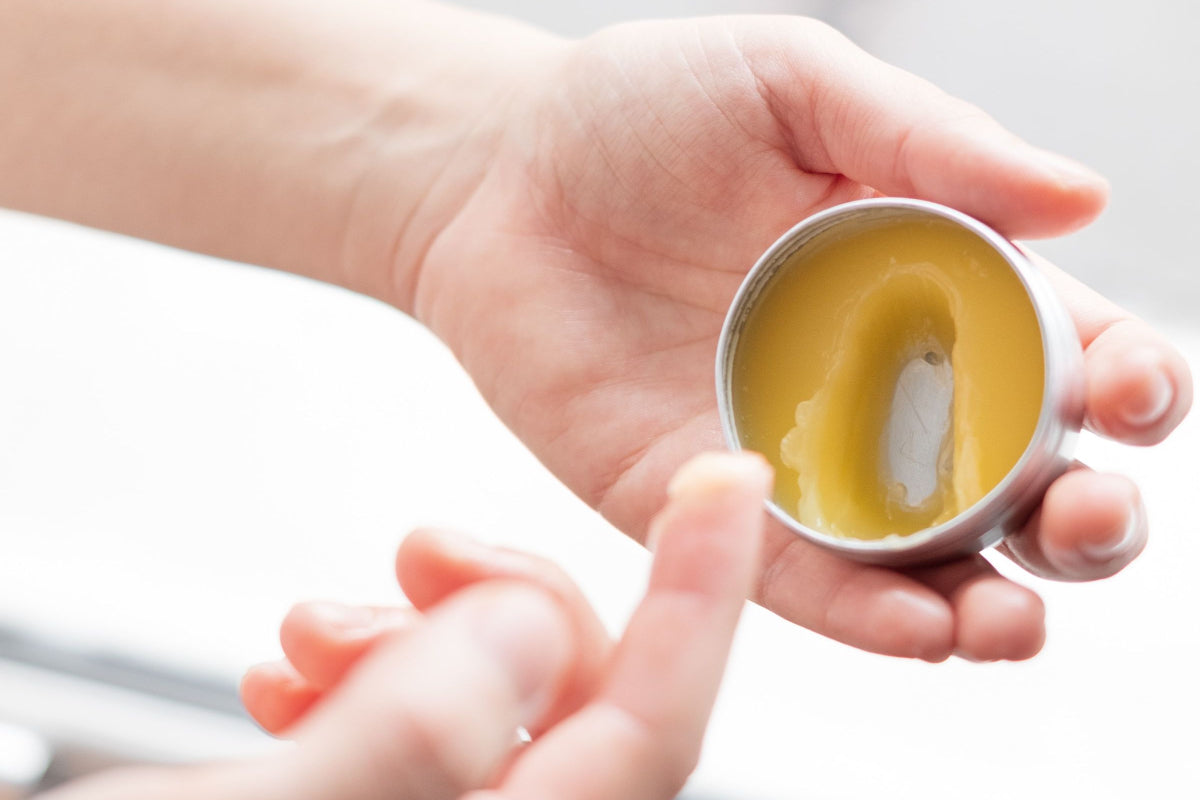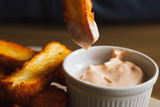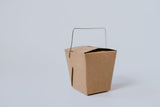
When the words “food allergies” first become part of your family’s health vocabulary, your mind starts to run through all the various ways food is an integral part of our culture. You think of holidays and parties and snacks after little league games and school cafeterias and dinner dates and on and on and on. How will you keep you or your loved one safe in a world that centers its socialization around food?
Understandably, your focus becomes navigating that part of your world. You learn to read labels. You develop a list of questions to ask hosts about the food they’ll serve. You craft a comprehensive list of snacks and treats that fit nicely in your handbag or a small tote that you can bring along with you as a back-up option. And it’s all important legwork. It’s all necessary preparation and education. It’s also not the only thing you need to consider and prepare for.
Avoiding food allergies is more than just avoiding certain foods. The allergens on your list appear in non-food places. Doing your homework means learning to identify these potential exposure points too.
Hands & Lips
When you’re learning to keep your 2-year-old safe from dairy and peanuts you might not be thinking about their first date in the seemingly distant future…but you should be. Whatever you eat lingers on your lips, on your hands, and in your saliva. Reaching out for the hand of your allergic pal after you’ve been consuming trail mix can transfer residue from nut oils to their skin and trigger a reaction. Pecking your preschooler on the cheek after you drank a venti latte could trigger a reaction. Kissing your egg allergic partner after eating your breakfast omelet…you get the idea.
This isn’t to say no one interacting with a food allergic person can consume their allergens. It is saying be aware of what you’ve eaten before you engage with physical contact. Wash your hands thoroughly with soap and water (not hand sanitizer! It just smears the allergens around!) Brush your teeth and wait about 4 hours before kissing your food-allergic loved one if you’ve consumed their allergens. (This article from Allergic Living digs into the topic more, including how you can keep your kisses safe.)
Self-Care Products
Sweet almond oil, macadamia nut oil, milk, soy, wheat, and other potential allergens are popular ingredients in body lotions, soaps, and make-up. Before you slather on that lotion to quench your dry skin, read the label. Just remember that the labeling laws you rely on to quickly identify whether a packaged food product is safe do not apply here.
These products do not need to use plain language or easy call-outs to identify allergens. You’re going to need to scan the full ingredient list and be aware of what other words and phrases your allergens might appear as. For example, sweet almond oil may be listed as “Prunus Amygdalus Dulcis Oil.” Topical application of your allergens can trigger a skin response and if you manage to get traces of those products in your eyes, nose, or mouth, you could experience a response similar to the one you’d experience if you ate your allergen.
Look Before You Sip
In the US, the Food Allergen Labeling and Consumer Protection Act (FALCPA) requires packaged, FDA-regulated foods to be labeled clearly for the top nine most common food allergens. This does not apply to alcoholic beverages. Wheat, milk, and tree nuts are common components in various forms of alcohol and mixed drinks. Do your research ahead of time.
It can be easy to let your guard down when you’re imbibing, so get in the habit of restricting your selections to those drinks and brands you know to be safe. As a parent, keep this in mind along with our first point about hands and lips, what you drink will linger. However, it’s also important that we start educating our kids about how to drink safely with allergies long before they are old enough to legally drink. You can discourage underage drinking while also making sure they are aware of the additional risks they face. You can equip them with the information they need to make smart choices before and after their 21st birthday.
Crafts, Cleaning, Gardening, and Pets
From paint to play dough to bird food to mulch to scrubs and polishing waxes, food allergens may be components of common household products. The point isn’t to create a sense of fear and dread around everyday living. It’s to encourage you to be alert and aware of the goods and services you use. There’s plenty of safe options out there, just read labels and make informed decisions. Additional articles like Beyond the Plate and Allergy Awareness will help you get started with your research.



